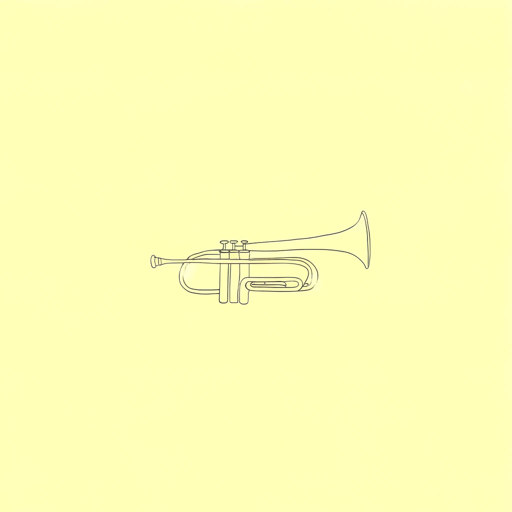19 pages • 38 minutes read
Claude McKayThe Harlem Dancer
Fiction | Poem | Adult | Published in 1917A modern alternative to SparkNotes and CliffsNotes, SuperSummary offers high-quality Study Guides with detailed chapter summaries and analysis of major themes, characters, and more.
Literary Devices
Form and Meter
“The Harlem Dancer” is a sonnet written in iambic pentameter. It follows the traditional English style of 14 lines with a rhyme scheme of ABAB CDCD EFEF and the rhyming couplet of GG to finish the poem. Traditionally the first three quatrains (stanzas of four lines) present a problem while the last two lines (the volta) pivot the poem and serve as a comment on the first 12 lines. As Jericho Brown contends, McKay knew the masters of the English sonnet from Shakespeare to Keats well and subverted that traditional form “to inscribe the fact of his own Blackness and the existence of real-life, feeling, thinking, and reading Black people, thereby interrogating the value of the form itself. Is the sonnet somehow less an achievement when a Black man makes one?” In other words, McKay did not write about topics traditionally explored by white authors but used the sonnet to examine the Black lives he experienced in his daily life in Harlem or in his Jamaican past.
Related Titles
By Claude McKay

America
Claude McKay

Home To Harlem
Claude McKay

If We Must Die
Claude McKay

Joy in the Woods
Claude McKay

The Lynching
Claude McKay

The Tropics in New York
Claude McKay

The White House
Claude McKay

To One Coming North
Claude McKay

When Dawn Comes to the City
Claude McKay

